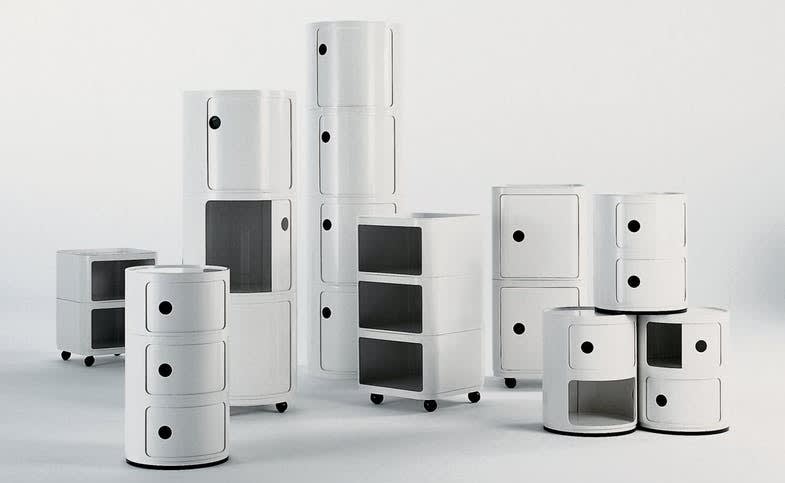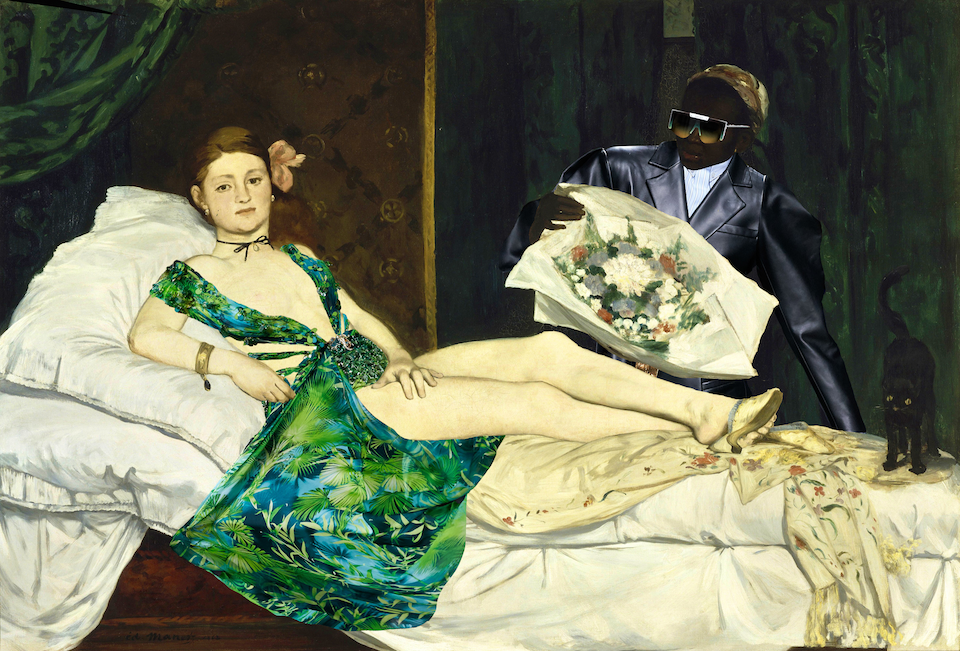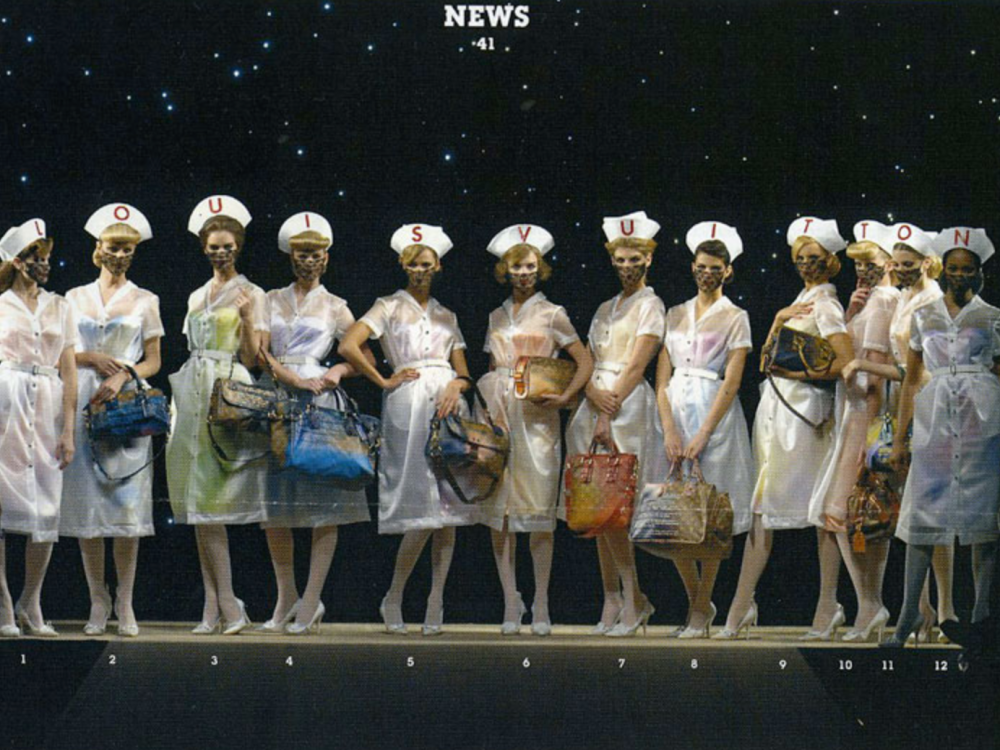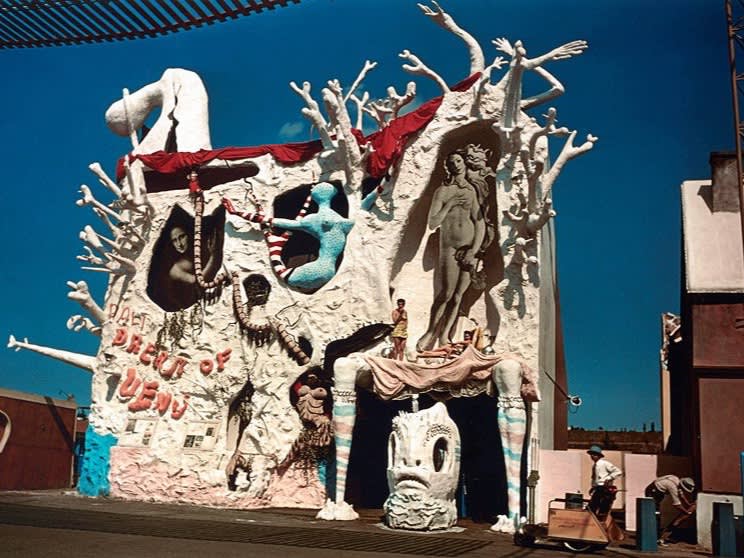Fashion and technology have been in collaboration since the latter’s very beginning. From the sewing machine to the FitBit, e-commerce to smart fabrics and lab-grown leather, technology improves how we make fashion and expands the limits of what society believes fashion to be.
Leave it to Marc Jacobs to take this pattern and run with it. Case in point, the designer’s Spring/Summer 2015 runway show, for which audience members were equipped with Beats by Dre headphones, giving each individual onlooker their own immersive, personal experience. Through the headphones played a monotone voice narrating an everyday scene while background sounds added support to the picture. The audio, made by Jacobs and producer Steve Mackey, was based on John Smith’s 1976 short film, The Girl Chewing Gum. Fittingly, the set was bubblegum pink, with pink shag carpet and a pink house commissioned for the show. There is a cheeky connection between the set and the audio, but neither prepared audience members for the contents of the show to come.
In contrast to the show’s vibrant set, the collection employed a primarily muted color pallet, favoring nudes, camels, deep blues, and army greens. Inspired by uniforms and the modernist notion of collective uniformity, each model walked the runway sans make-up, and wearing identically un-kept, shaggy black bobs. Military, too, was a clear source of inspiration: military jackets, cinched grandma dresses, and cargo pants all detailed with large pockets and shiny buttons.
Silhouettes ranged from sporty to conservative, and flirty to shy schoolgirl modesty, with accessories to match; from utility messenger bags and backpacks, to sleek, ladylike alligator purses. Slip-on sandals were prominent throughout the collection, as was an underlying story of personalization, hidden within details that became more prominent as the show went on – eyelets became pronounced bumps, varying in size and forming intricate patterns, pockets got bigger and bolder, and patches in varying colors were added to hemlines.
There was a clear message in Jacobs’ spring/summer 2015 show about fashion as a form of personalization and its otherwise rejection of uniformity. In making the collection’s ensembles increasingly unique as the show progressed, Jacobs subverts the intention of the uniform — anonymity. Nonetheless, the season’s “feminine utility” aesthetic remains incredibly wearable and equally desirable.
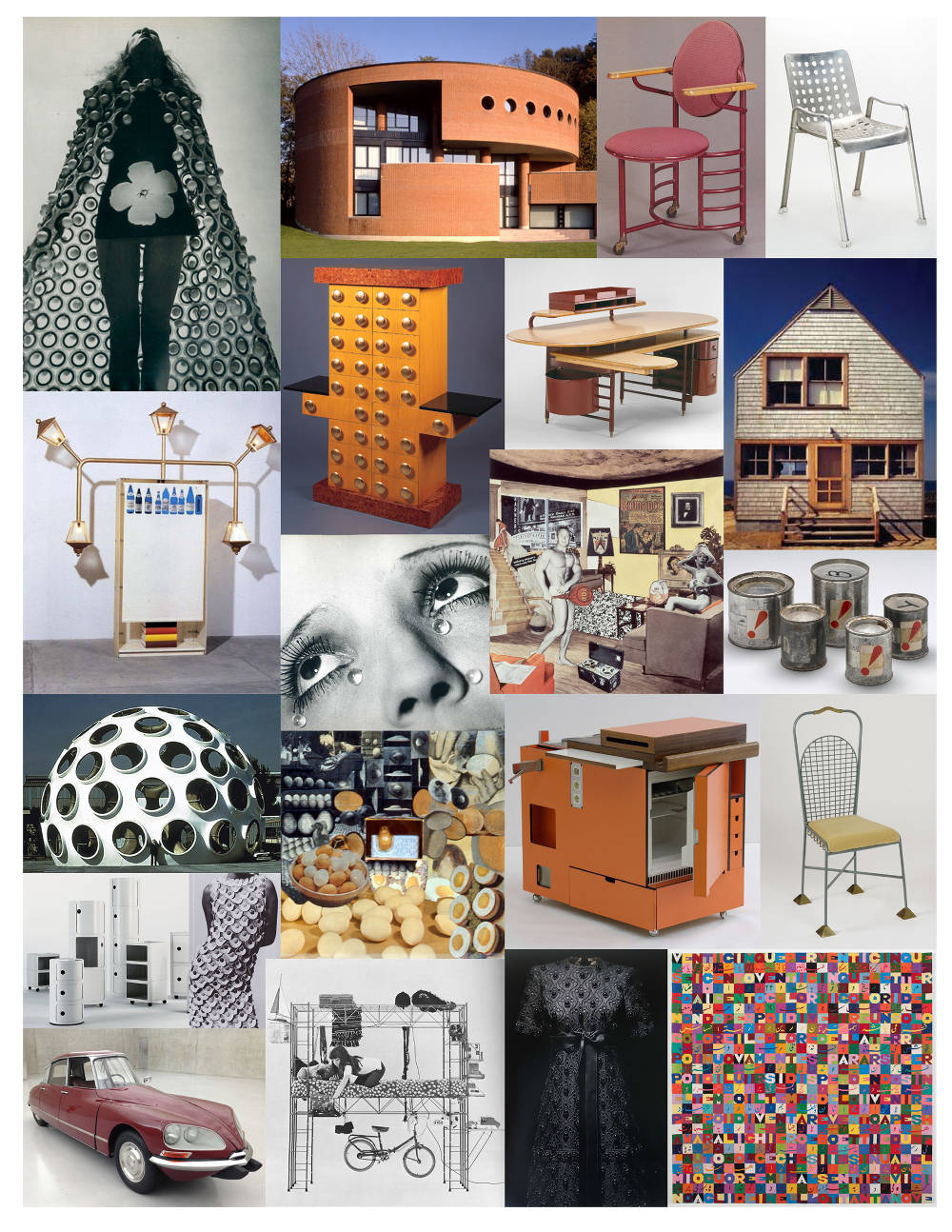
References
- 1
- 2
Richard Hamilton
Just what was it that made today’s homes so different, so appealing?, 1956
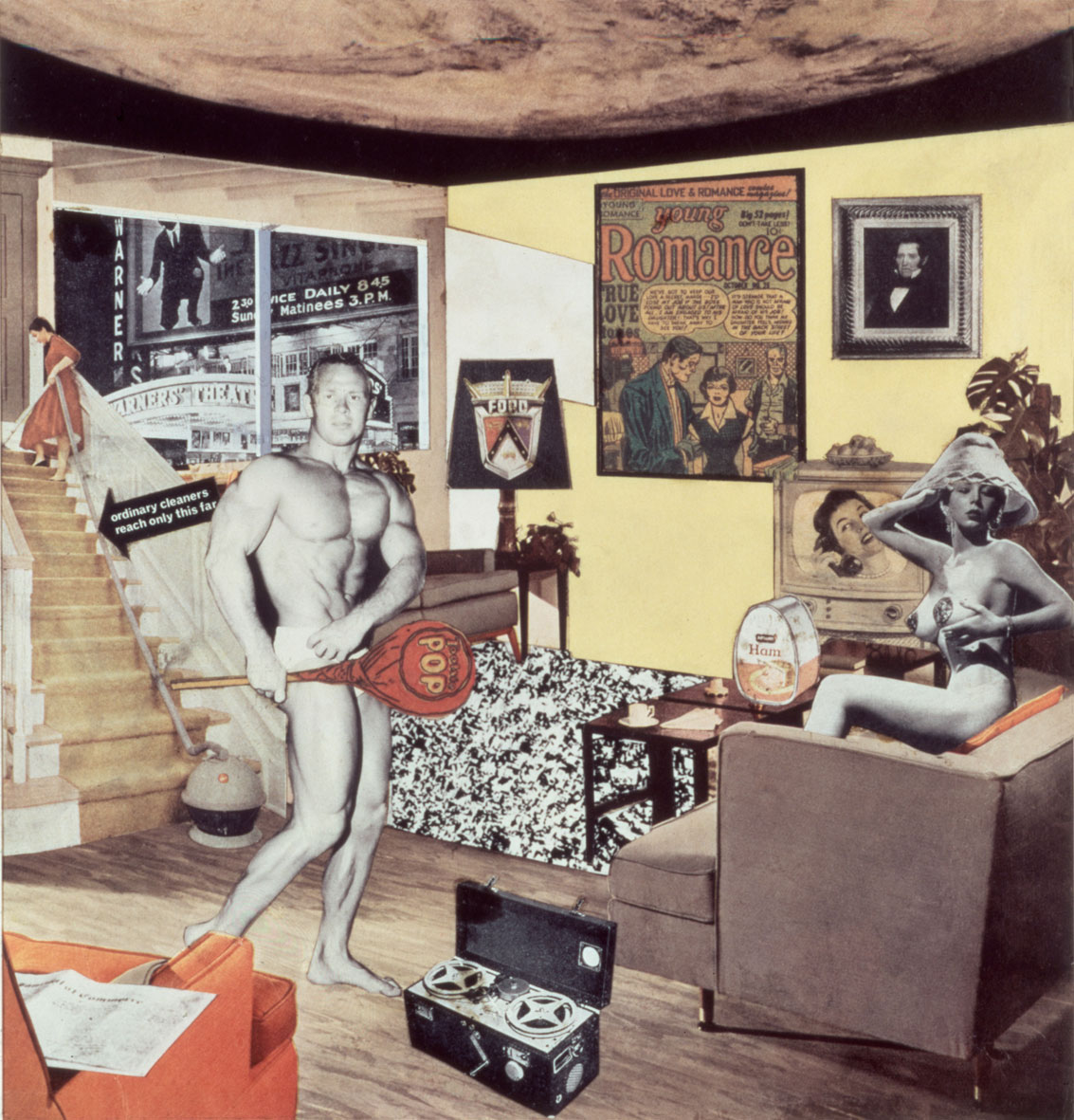
Ettore Sottsass
Mobile Giallo Cabinet, 1988
Martin Kippenberger
Untitled, 1989
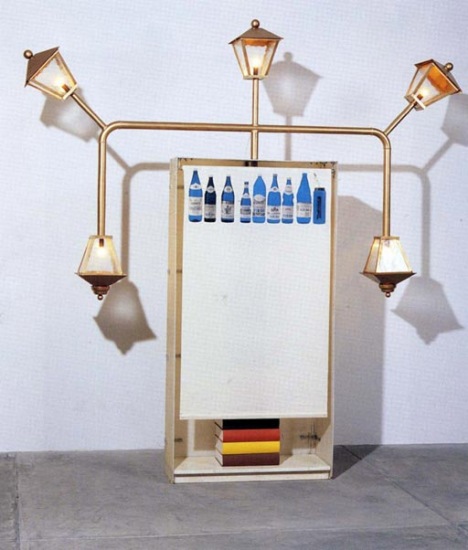
Frank Lloyd Wright
Desk Chair, 1936-37
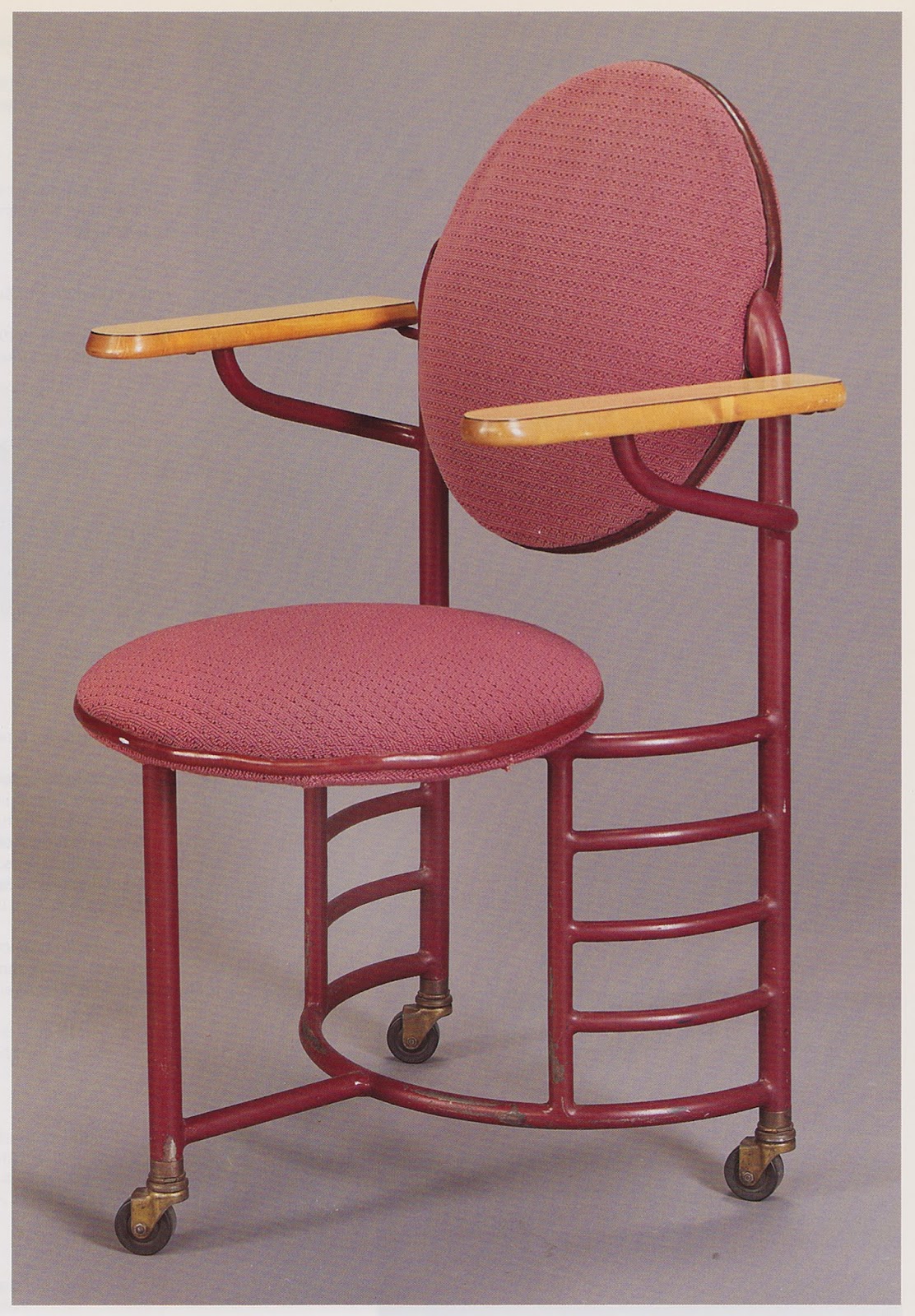
Guy Bourdin
French Vogue, 1970

R. Buckminster Fuller
Fly’s Eye Dome, 1961, fabricated ca. 1980
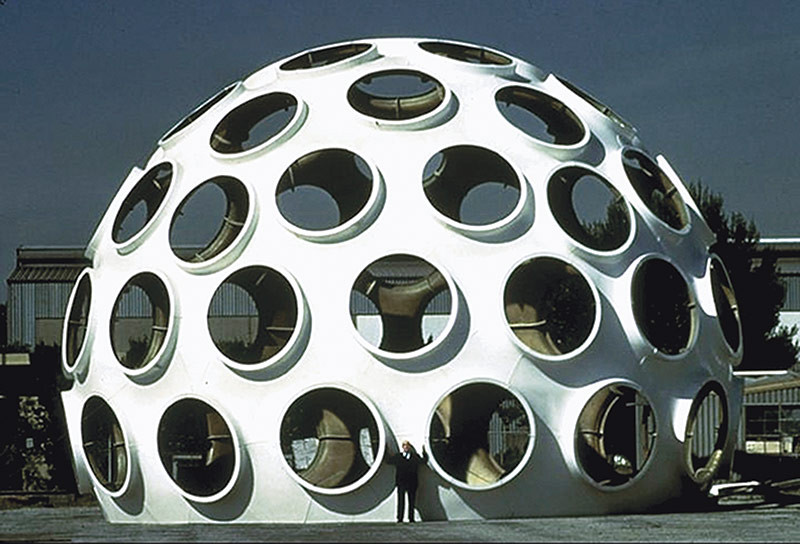
Carole Itter
Chicken Box #3, 1974
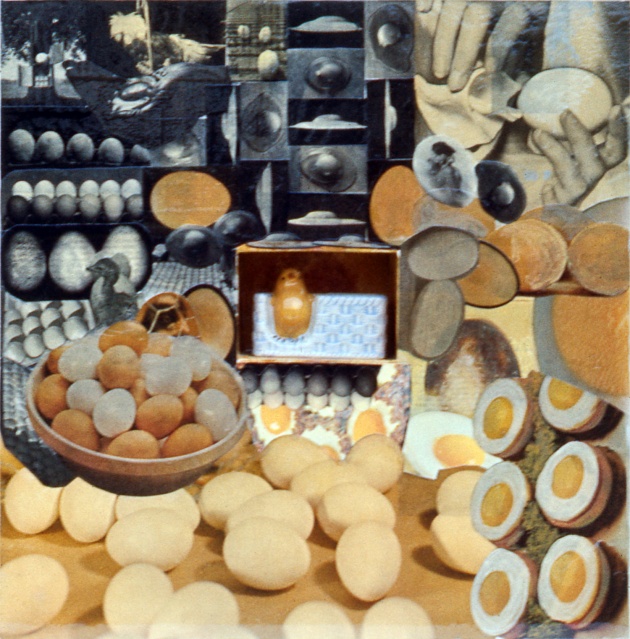
Christian Dior by Marc Bohan
Cocktail Dress, Fall/Winter 1969
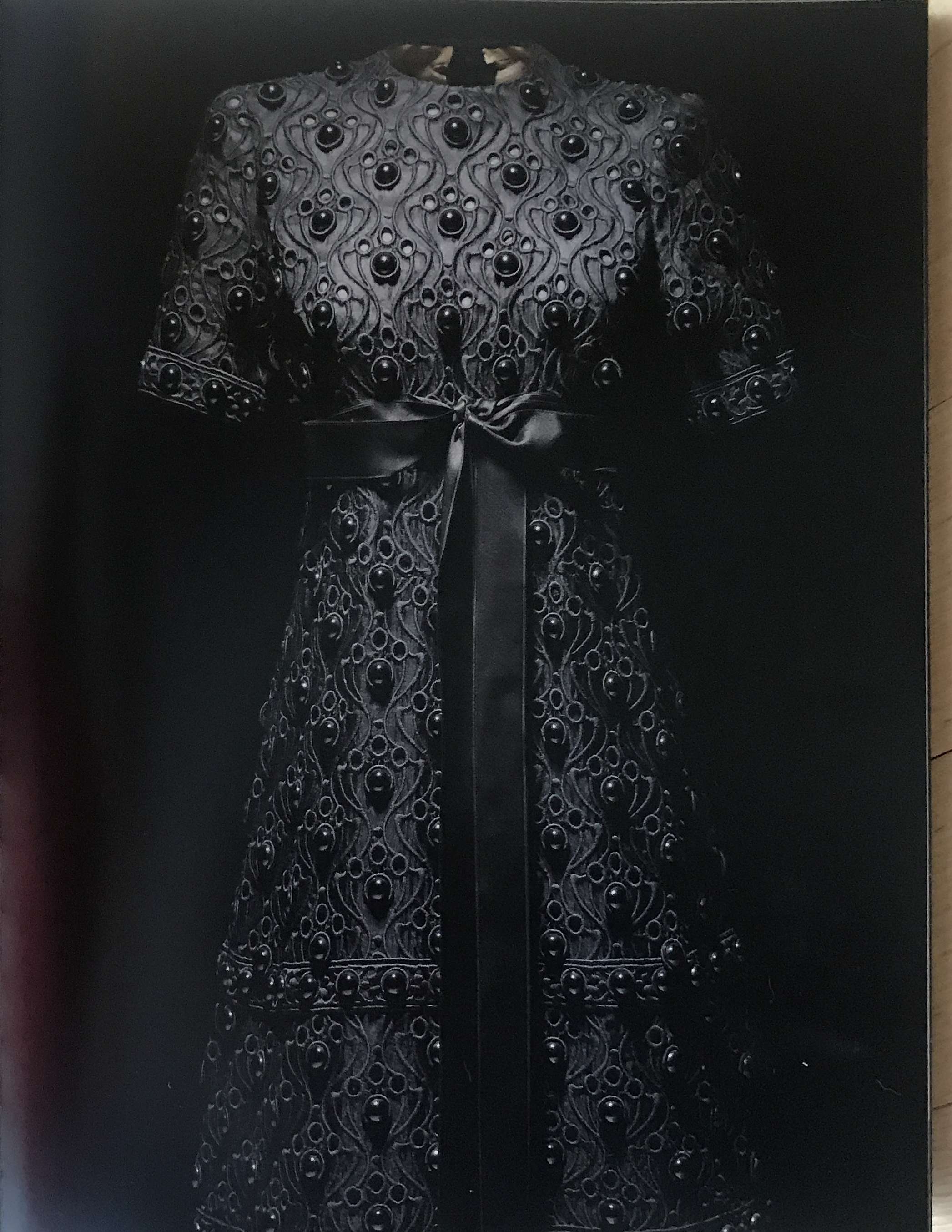
Alighiero Boetti
Untitled (Venticinque per venticinque), 1989
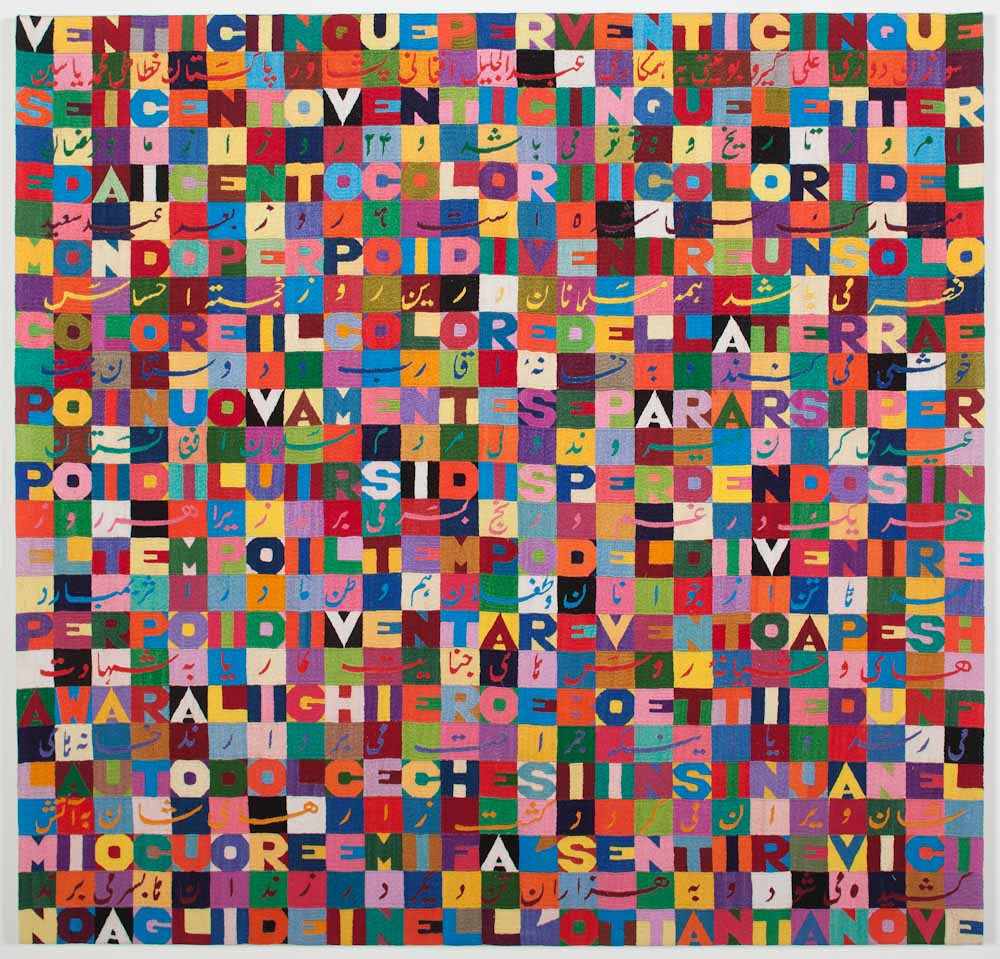
Peter Knapp
Emanuel Ungaro Dress, Stern Magazine, 1967
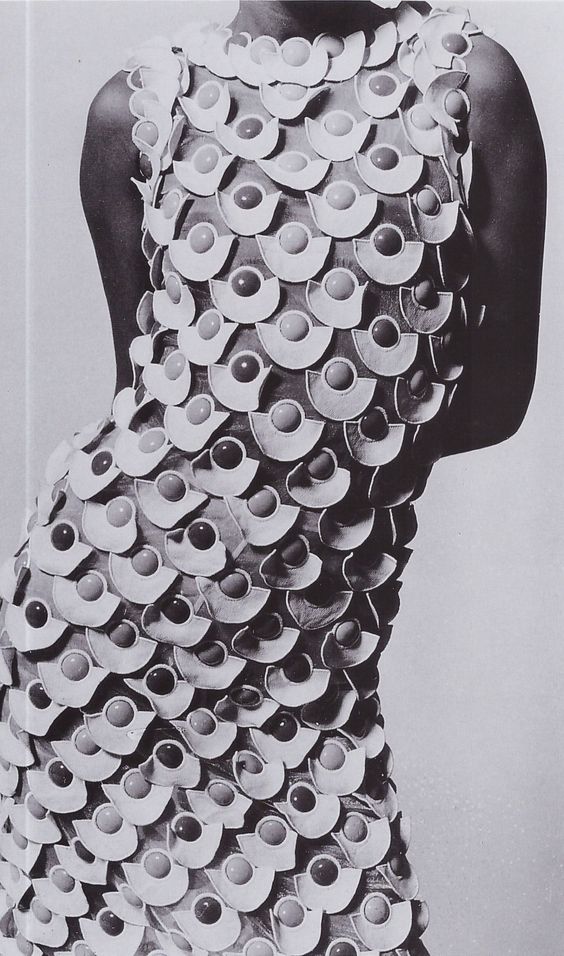
Bruno Munari
Cockpit Habitable Structure, 1971
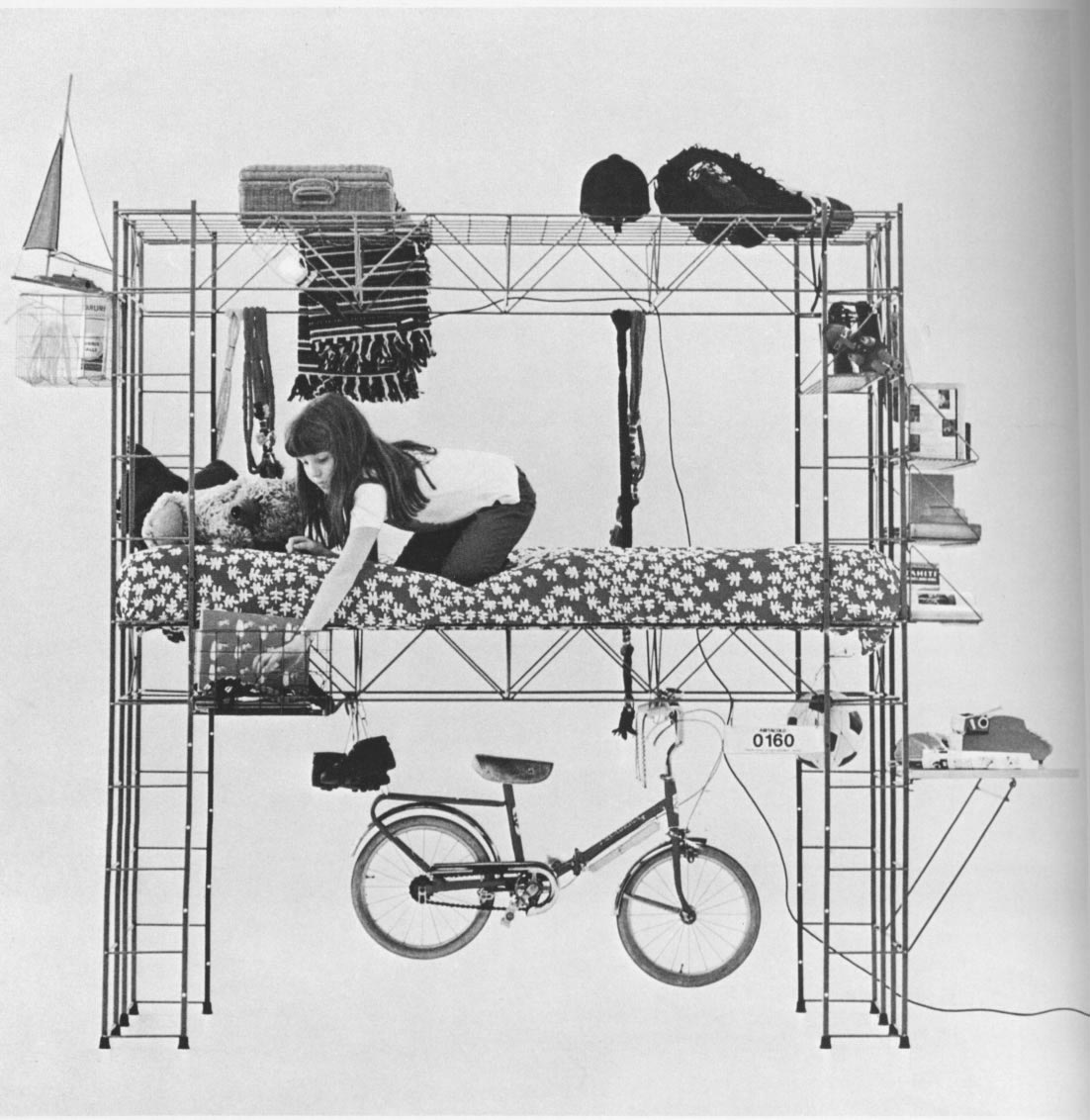
Carles Riart
Desnuda Chair, 1973
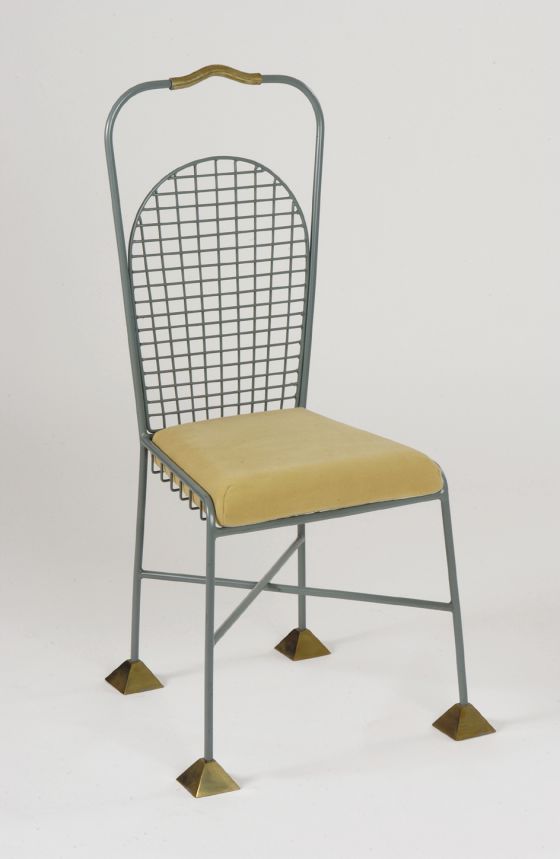
Gabriel Orozco
La DS Cornaline, 2013
Man Ray
Glass Tears, 1932

Hans Coray
Landi Chair, 1938
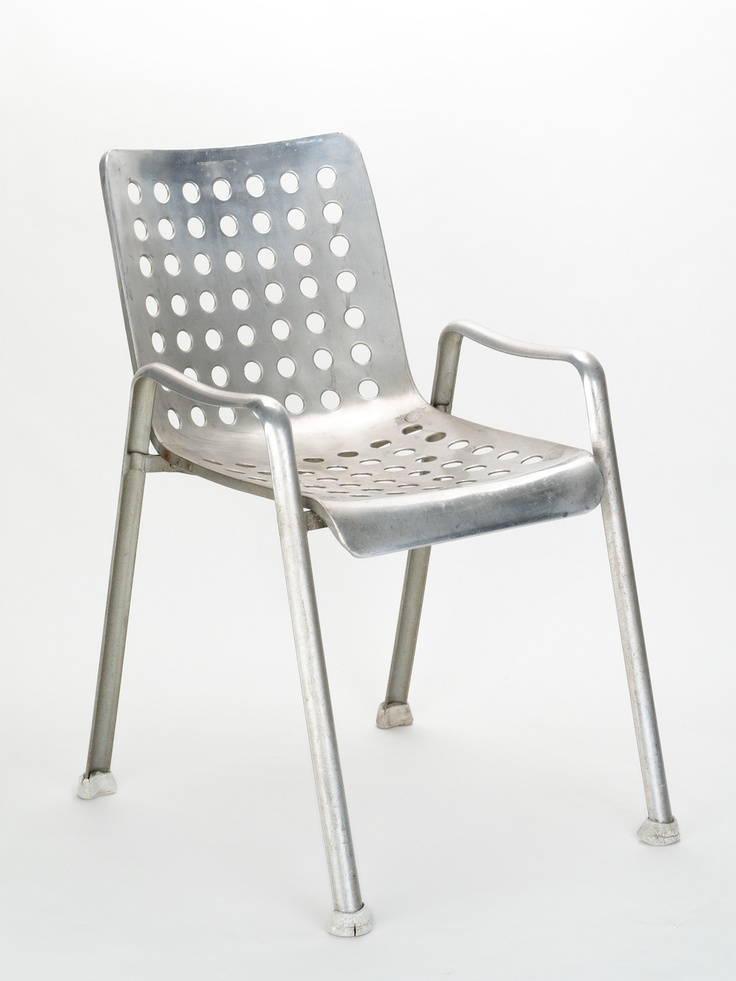
Jiro Takamatsu
Mystery Cans (also known as Shelter Plan, HRC Hi Red Cans), 1964

Joe Colombo
Mini Kitchen, 1963
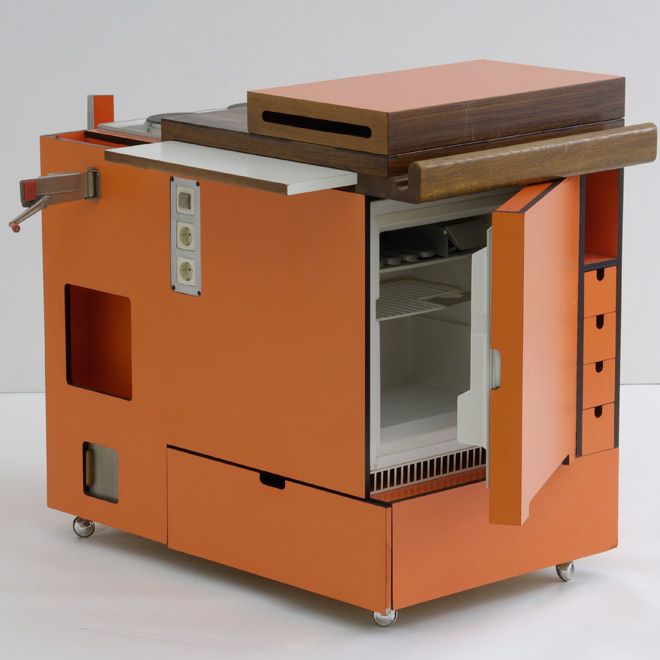
Mario Botta
Casa Montagnola, 1989-1994
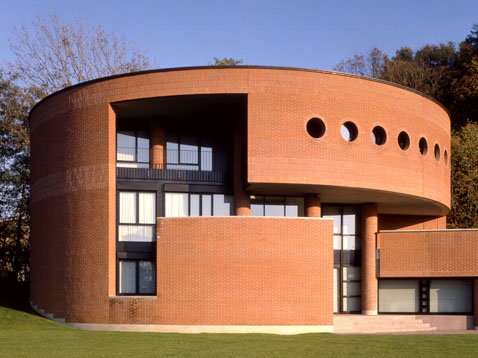
Frank Lloyd Wright
S.C. Johnson and Son Administration Building Desk, 1938
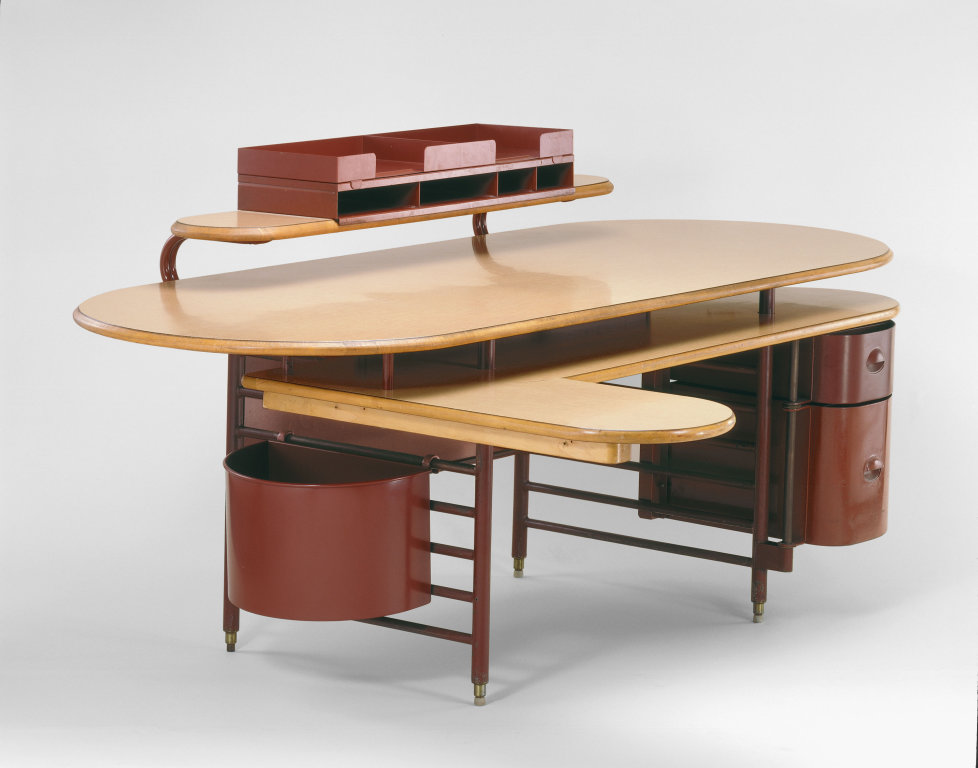
Robert Venturi & Denise Scott Brown
George Wislocki House, Nantucket Island, Massachusetts, 1971
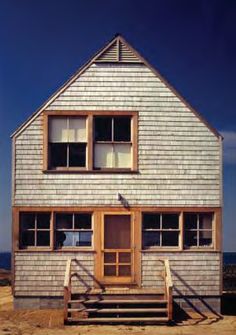
Anna Castelli Ferrieri for Kartell
The Componibili modular container system, 1967
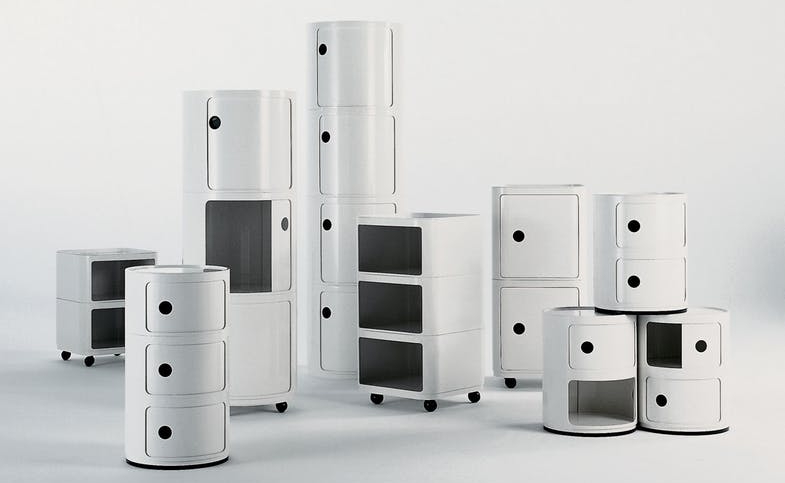
References
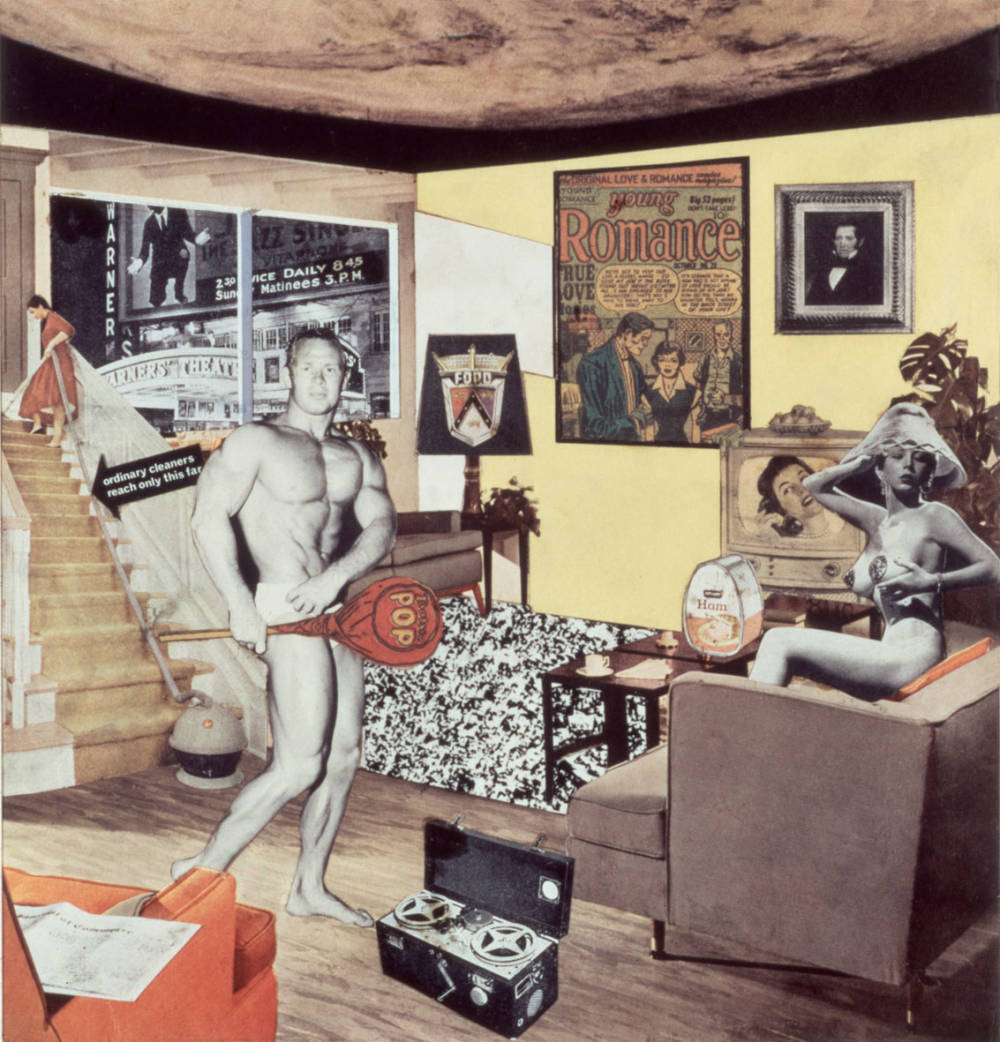
Richard Hamilton
Just what was it that made today’s homes so different, so appealing?, 1956
1 of 21
Ettore Sottsass
Mobile Giallo Cabinet, 1988
2 of 21
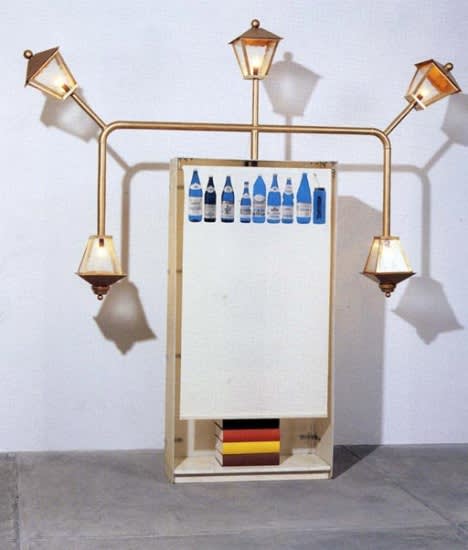
Martin Kippenberger
Untitled, 1989
3 of 21
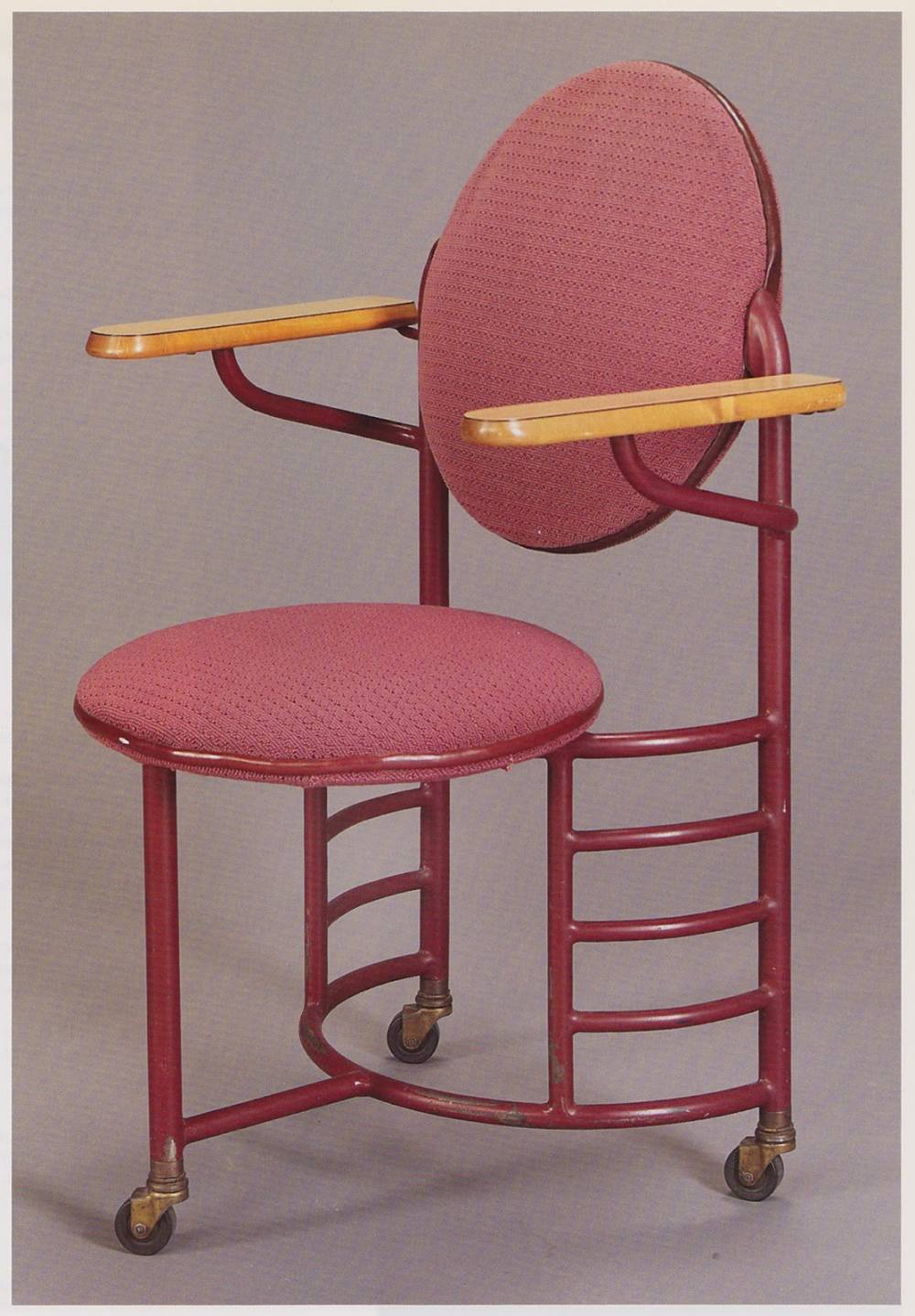
Frank Lloyd Wright
Desk Chair, 1936-37
4 of 21
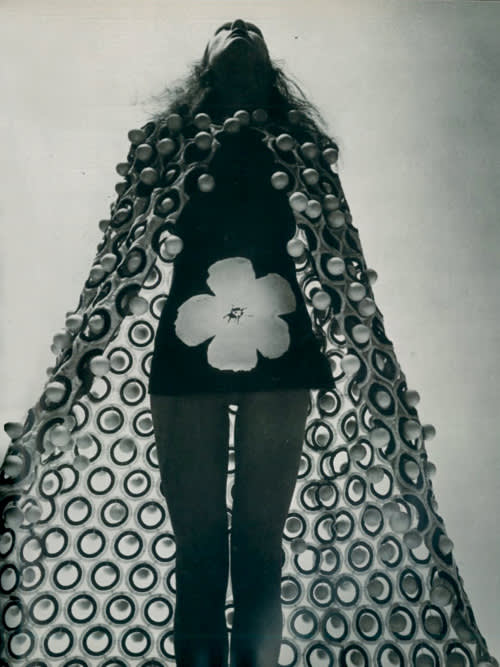
Guy Bourdin
French Vogue, 1970
5 of 21
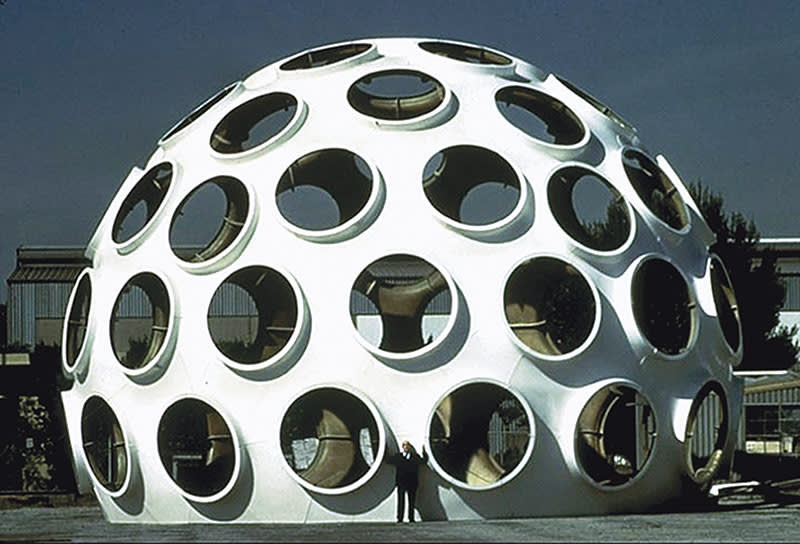
R. Buckminster Fuller
Fly’s Eye Dome, 1961, fabricated ca. 1980
6 of 21
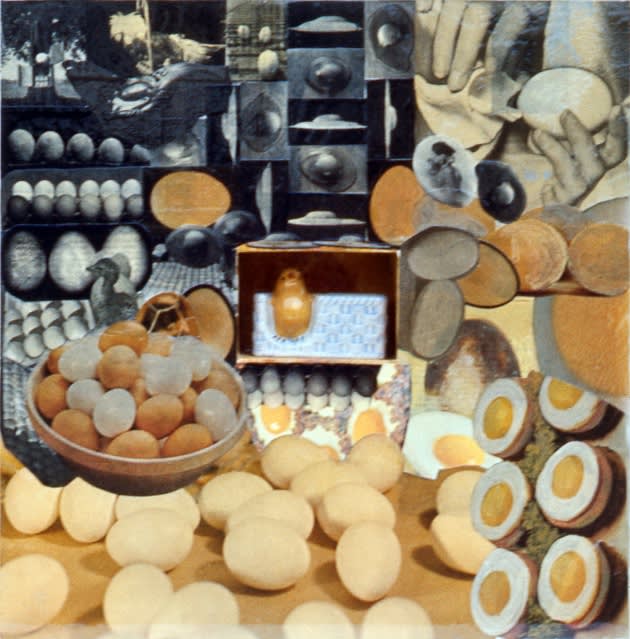
Carole Itter
Chicken Box #3, 1974
7 of 21
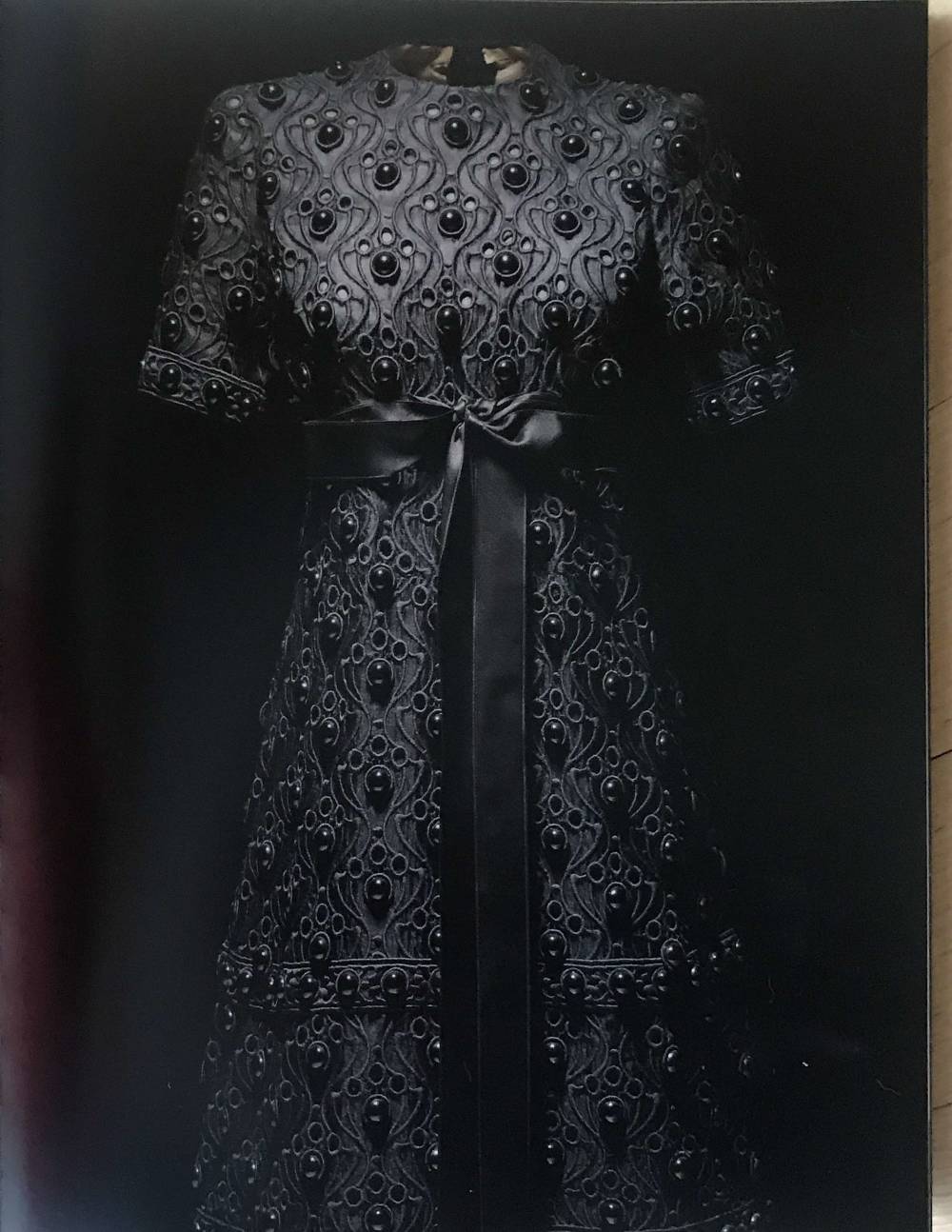
Christian Dior by Marc Bohan
Cocktail Dress, Fall/Winter 1969
8 of 21
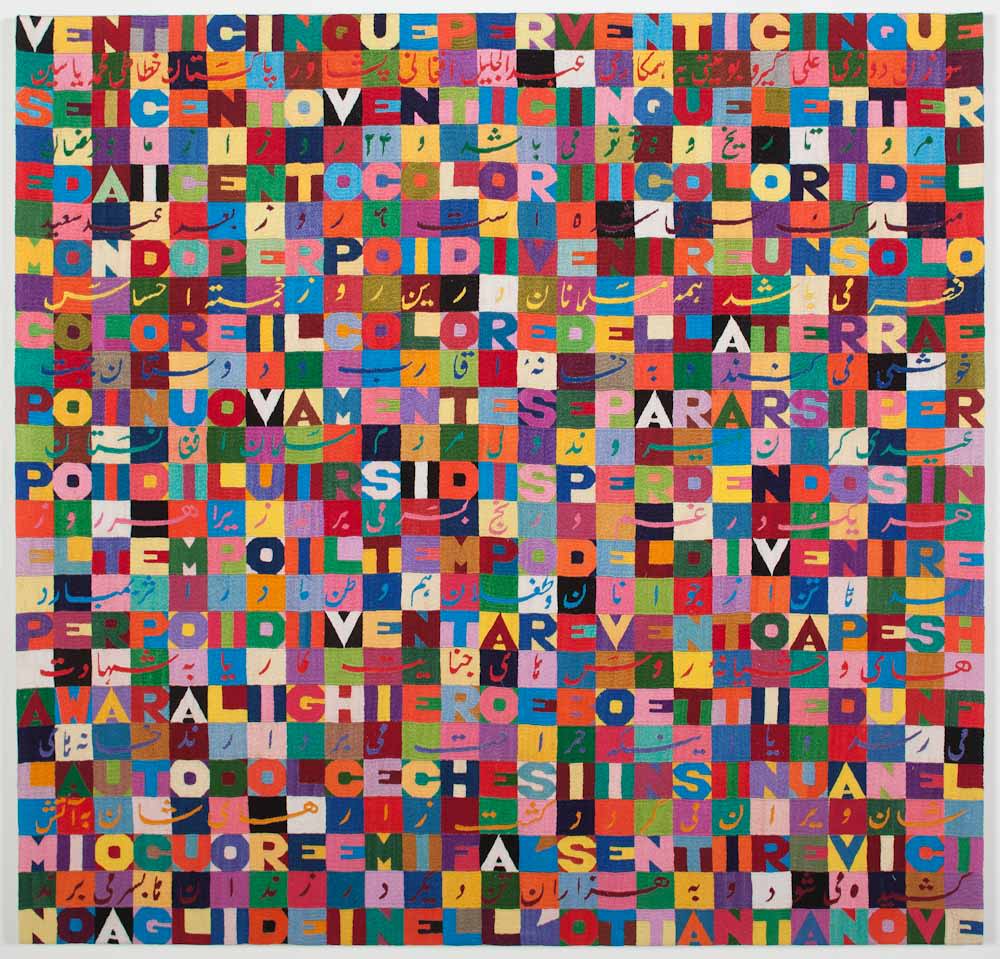
Alighiero Boetti
Untitled (Venticinque per venticinque), 1989
9 of 21
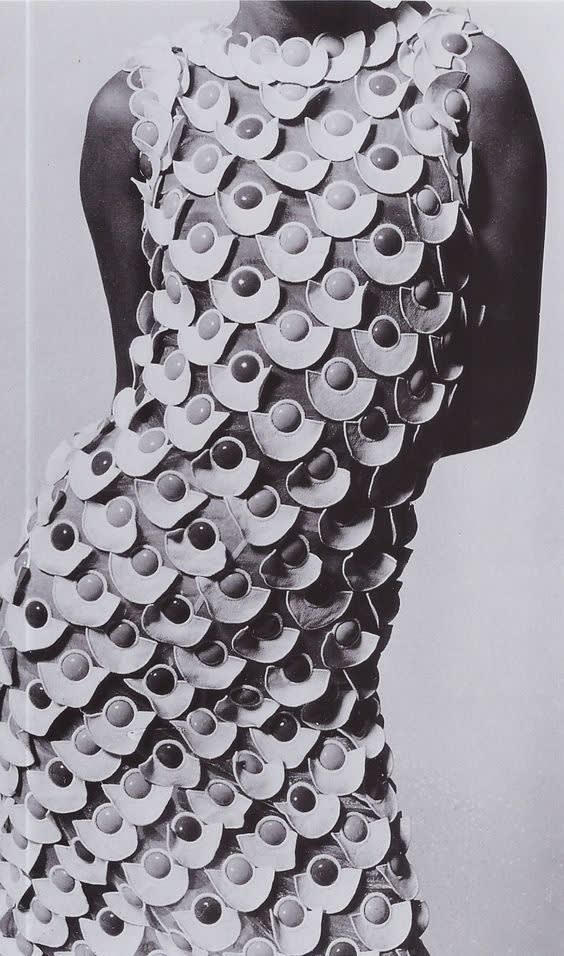
Peter Knapp
Emanuel Ungaro Dress, Stern Magazine, 1967
10 of 21
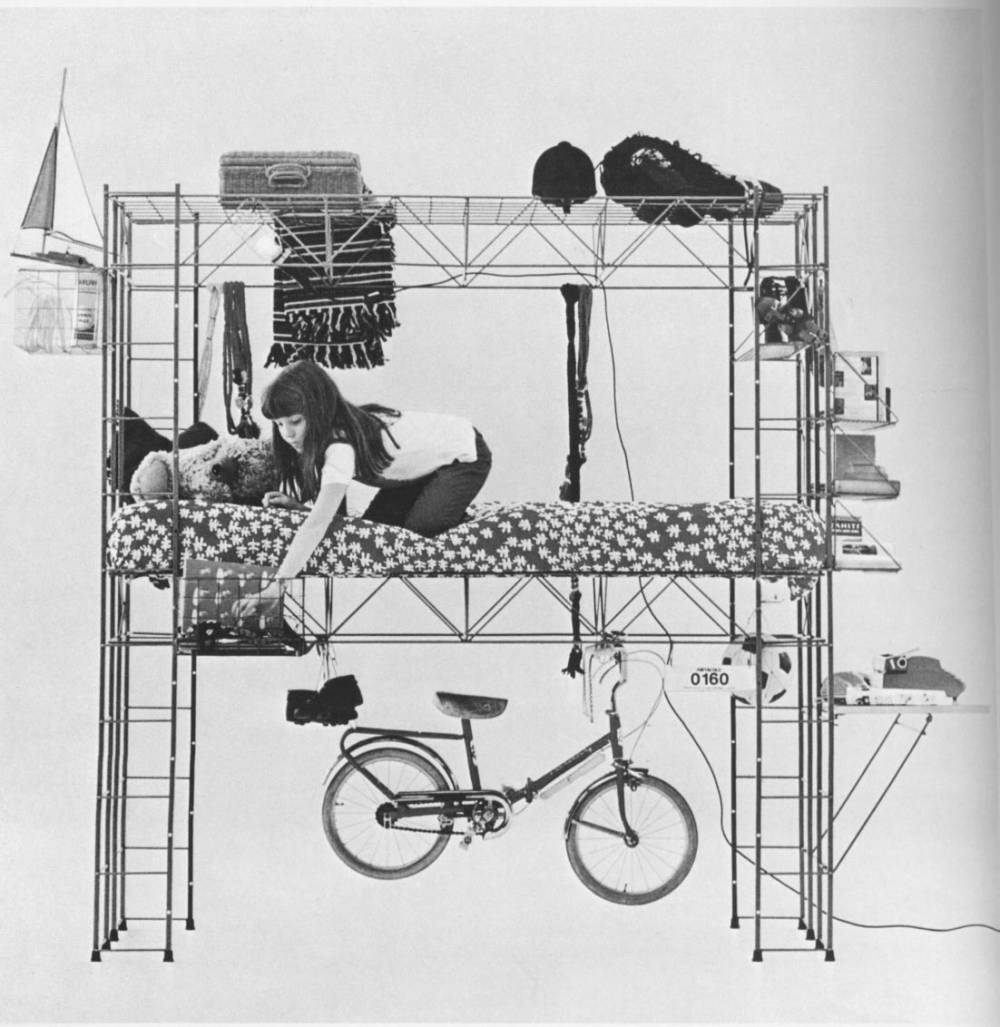
Bruno Munari
Cockpit Habitable Structure, 1971
11 of 21
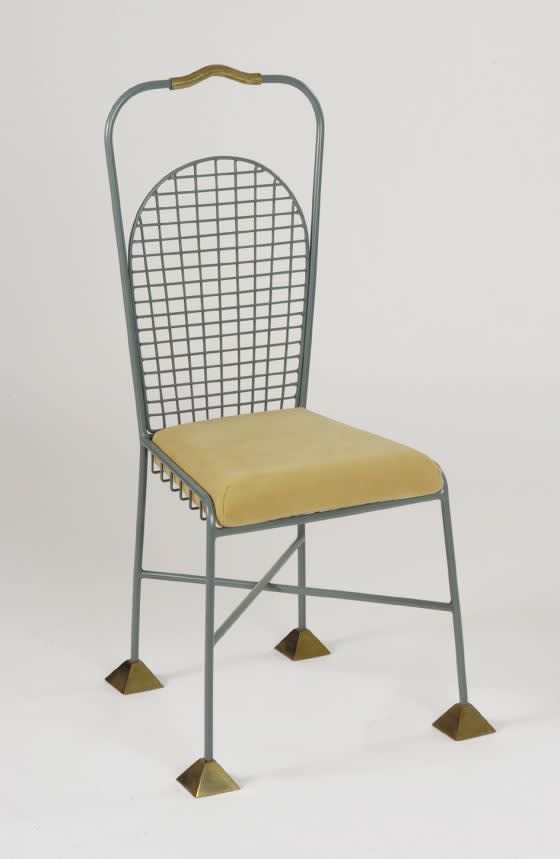
Carles Riart
Desnuda Chair, 1973
12 of 21
Gabriel Orozco
La DS Cornaline, 2013
13 of 21
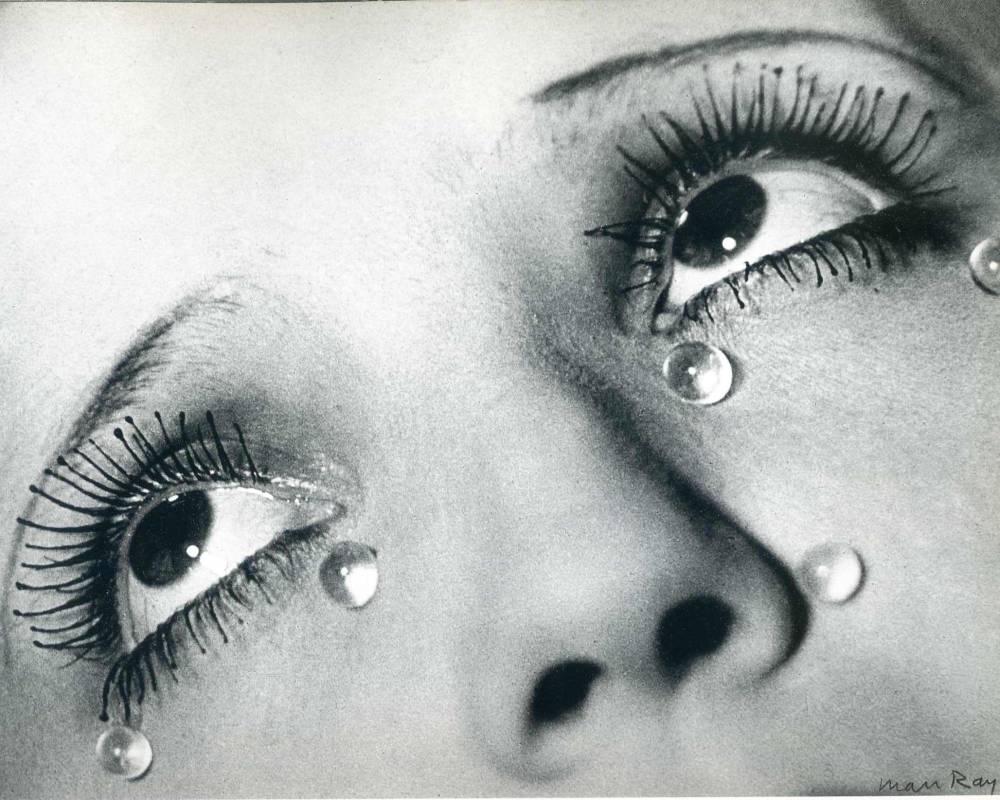
Man Ray
Glass Tears, 1932
14 of 21

Hans Coray
Landi Chair, 1938
15 of 21
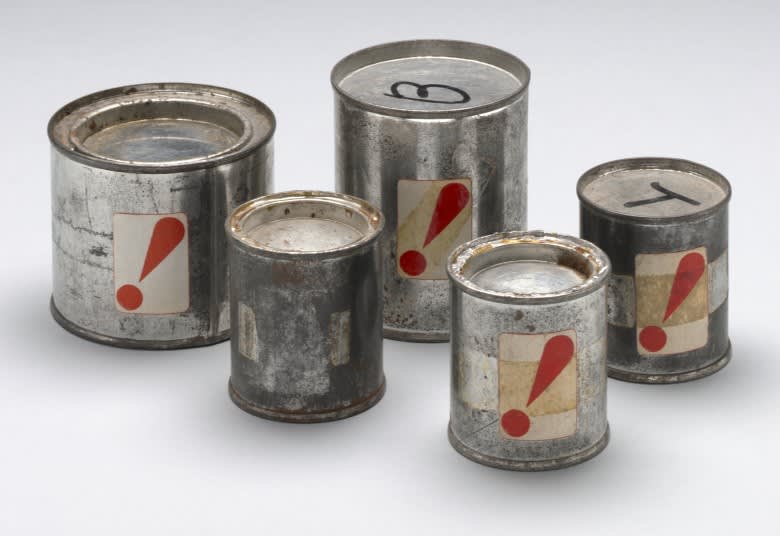
Jiro Takamatsu
Mystery Cans (also known as Shelter Plan, HRC Hi Red Cans), 1964
16 of 21
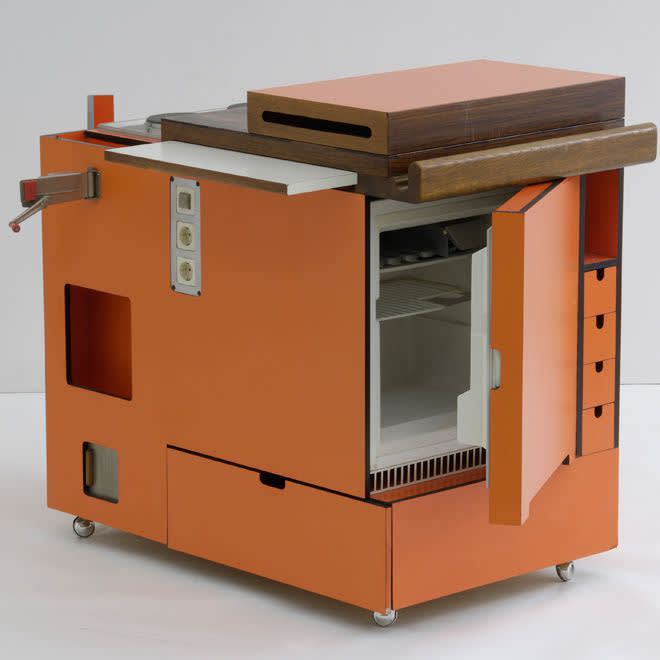
Joe Colombo
Mini Kitchen, 1963
17 of 21
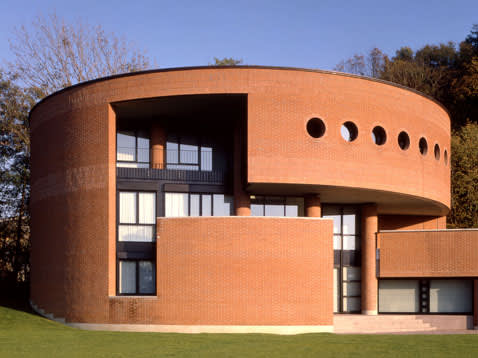
Mario Botta
Casa Montagnola, 1989-1994
18 of 21
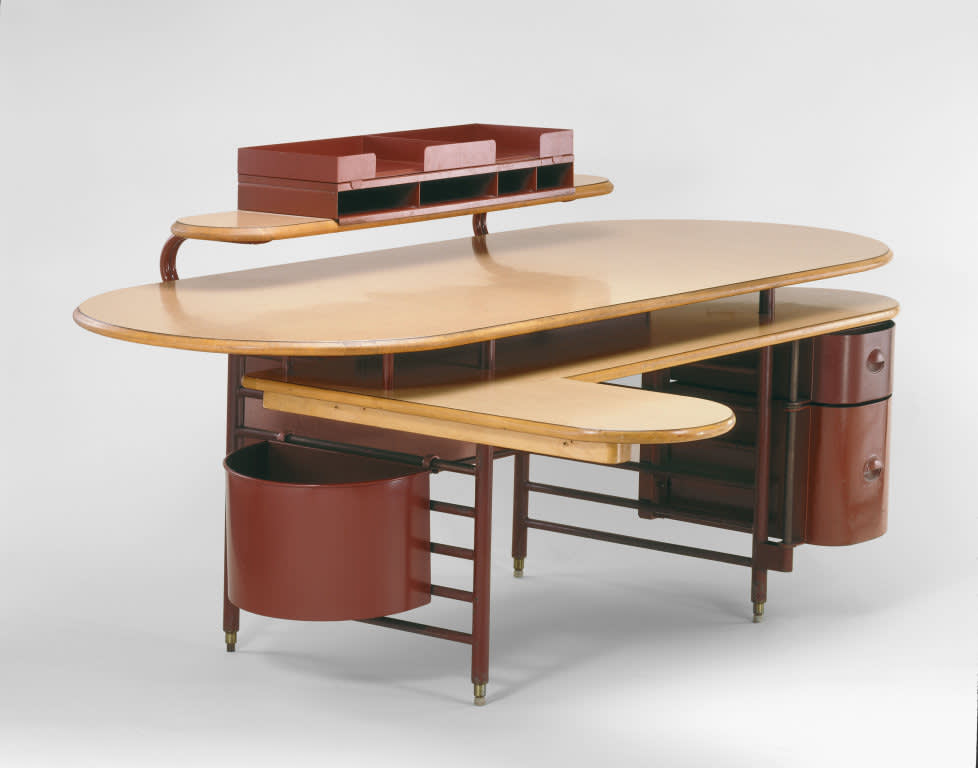
Frank Lloyd Wright
S.C. Johnson and Son Administration Building Desk, 1938
19 of 21
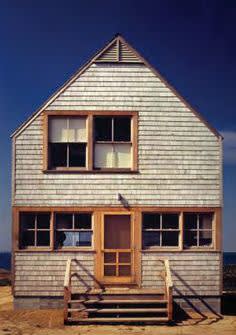
Robert Venturi & Denise Scott Brown
George Wislocki House, Nantucket Island, Massachusetts, 1971
20 of 21
